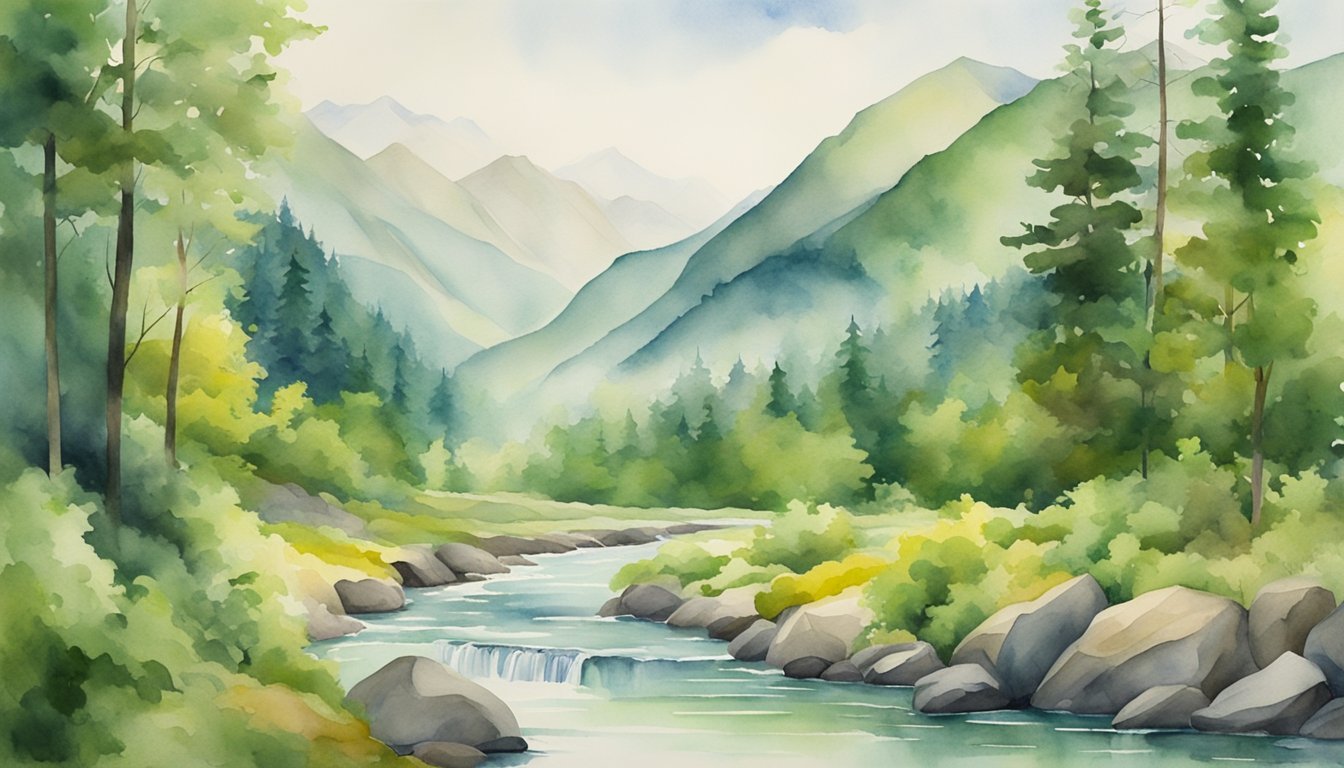Understanding Nature Photography
Nature photography is an art form that captures the beauty and intricacies of the natural world, whether it be in landscapes, wildlife, or botanical subjects. It combines aesthetic appreciation with technical skill to tell compelling stories about our environment.
The Essence of Nature in Art
Nature art is more than just beautiful scenery; it conveys an emotional experience to the viewer. In nature photography, images immortalize the fleeting moments that highlight the profound connection between art and the natural form. Photographers often focus on patterns found in leaves or the textures of tree bark to show nature’s complex and stunning details. Certain works, such as those featuring a spider’s web captured in Adobe’s nature photography tips, offer a glimpse into the intricate beauty of the natural world.
Photography Techniques and Light
Effective nature photography often relies on understanding and utilizing light, whether it be the soft illumination by the moon or the golden hue during the ‘Golden Hour.’ Direct or indirect natural light from the sun or moon can transform a scene from ordinary to extraordinary. Techniques that involve fast shutter speeds are integral in capturing fleeting moments, like a bird in mid-flight, with clarity. Recommendations for shooting local birds using fast shutter speeds can be found through Digital Photography School’s guide.
Categories in Nature Photography
Nature photography encompasses various categories such as wildlife, landscapes, and close-ups of natural elements, each demanding a unique approach. Capturing grandeur landscapes involves not only the technical aspects of photography but also an understanding of the natural world. Similarly, wildlife photography tells stories of individual animals and ecosystems, often requiring patience and a readiness to embrace the unpredictability of nature. Smithsonian Magazine’s coverage of the Wildlife Photographer of the Year contest showcases some of the exemplary work in this genre. Black and white nature photography, on the other hand, removes the distraction of color, allowing viewers to focus on form, patterns, and the play of light and shadow.
Wildlife and Landscape Photography

The enchanting realm of wildlife and landscape photography beckons with the promise of capturing the ephemeral moments of nature, from the thrilling snapshots of animals in their habitat to the sprawling beauty of varied terrains.
Capturing Animals and Their Habitats
Photographers interested in animal portraits spend hours studying and waiting for that perfect moment when an animal’s personality shines through. Wildlife photography is not just about the technical aspects but also about understanding animal behavior and predicting their next move. Focus is crucial; a sharp eye can capture the nuances of a bird in flight or a predator’s intense focus before the pounce.
Exploring Landscapes and Underwater Wonders
Landscapes photography spans a spectrum from rolling hills to the intricate patterns in a leaf’s structure. Venturing underwater, photographers discover a world of color and movement where every frame teems with life. This form of nature photography often requires specialized equipment to handle the challenging light and movement conditions under the sea.
Human Elements in Nature Photography
The relationship between people and nature can lead to impactful imagery that tells a story beyond mere scenery. Representing this bond, urban wildlife photography showcases the resilience of nature in man-made environments. Capturing both wildlife and humans in these settings can reflect the ever-changing dynamic of our world and even make a statement on conservation and the need for coexistence.

